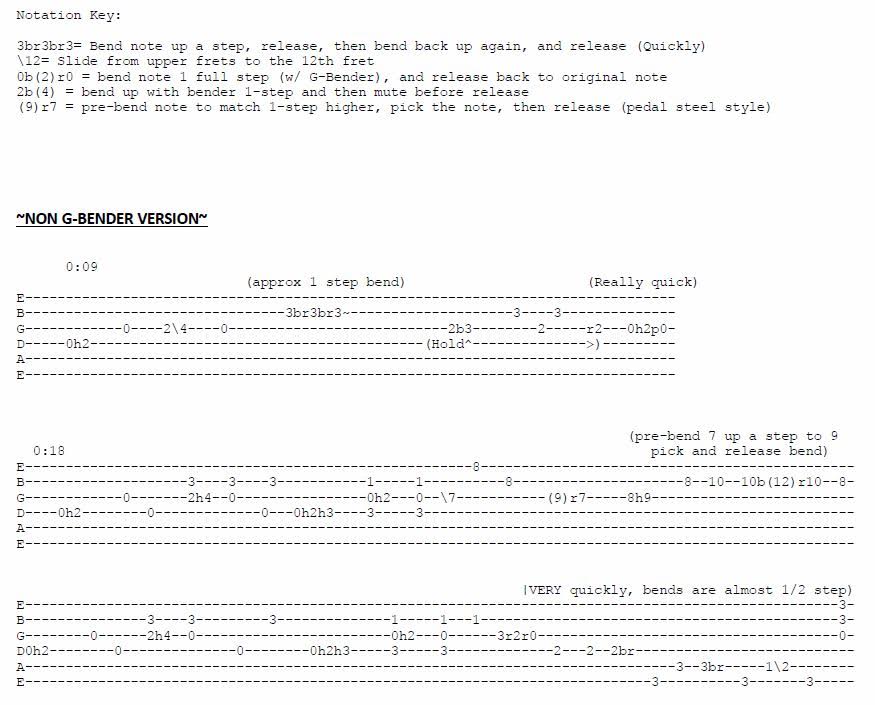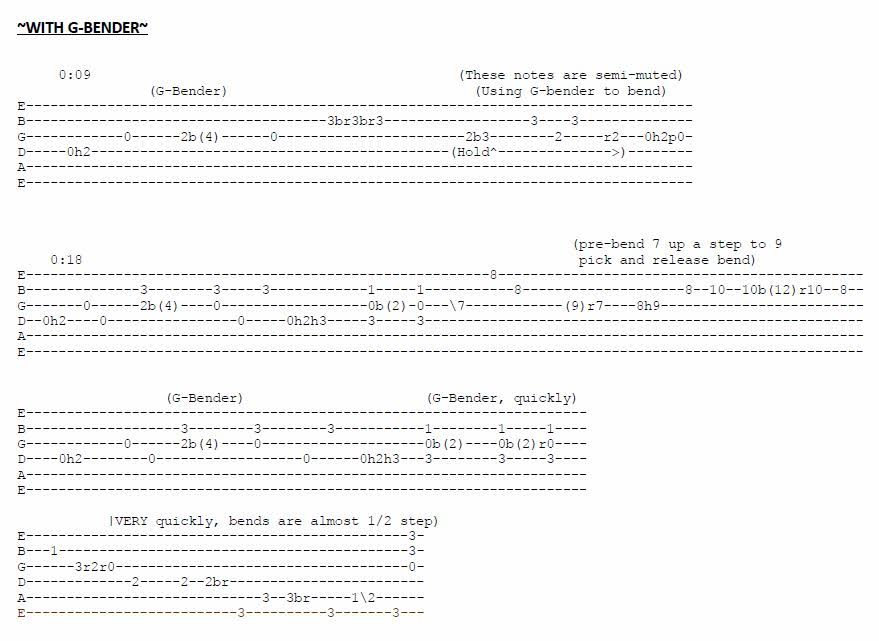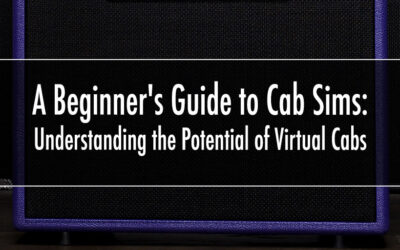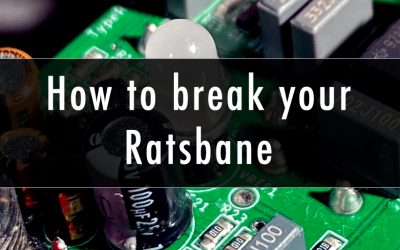After the new shots of the Paisley Drive were posted, we received a lot of messages through Instagram and Facebook regarding the bridge configuration on my Crook Custom Telecaster (pictured above). I just wanted to run through the configuration and mindset behind the bridge setup and give an insight into it after using it for a decade now. I love this guitar dearly, primarily because it’s my father’s. He and I both ordered a Crook at the same time, and they’re identical in terms of pickups and wiring and hardware, but he chose a red paisley with silver flake underneath and a rosewood fretboard, where I chose to pursue a new prototype paint job with a green paisley and the silver flake underneath with a birdeye maple fretboard (pictured).
Let’s start off with low E and A strings. This compensated saddle is made of aircraft grade aluminum. Bill Crook was telling me during the development process that he uses this type of saddle because it provides and extra bit of bite and snap to the lower strings, which can sometimes flub out and sound a bit too undefined (especially using dirt pedals). Next up is a single saddle for the D string, which is also stainless steel. Again, it provides a great bite and twang without being offensive or ice-picky. We’ll skip to the high B and E strings for now (the G string will be discussed in a moment). For the high B and E, Bill decided to go with a brass compensated saddle. He mentioned that after extensive testing that the brass would retain the killer tone without the ice-pick sometimes associated with teles and those strings. The bottom two string are very warm and have loads of sustain going on, but never get muddy.
So the big question is, what’s going on with that funky looking saddle on the G-string? That’s a McVay G-bender mechanism from Charlie McVay. Charlie is a lap-steel player by trade, so he was naturally very affluent with the bending systems in those instruments. Brad always preferred a G-bender to a B-bender because he felt it was more musical in nature based on what bends you could accomplish. It’s Brad Paisley, so who am I to disagree? Being the superfan that I’ve always been, I got one installed too. Essentially what is going on is a level system that’s installed into the body, with an small “arm” lever that you attach your straplock to instead of directly to the guitar. The way it works, when you pull the guitar neck down towards the floor, the level actually raises the G-string by one who step. This is incredibly fun to include in your regular playing because it allows you the ability to do open string bends to really get twangy. I’ll be the first to admit that I abused it when I first got it, and had to train myself not to rely on bending the g-string with that at not my fingers too. There are two distinct tones between using the bender and manually doing it.
As an example of using a G-bender, I wanted to take a look back at one of my favorite country tunes that’s not too technically difficult, but incredibly fun to play and a great introduction to Brad Paisley’s playing style and the idea behind the bender. (There are two versions of the tab, one without a bender and one with). I loved Brad’s song “Old Alabama” from his album “This is Country Music”, so at the time of release I sat down and tabbed out the intro. In regards to the tones, I use the Ego Compressor for a light squish (sustain at 10:30) but with the blend low(Noon to 2pm) and the attack fully clockwise (slowest). This helps adds that feel of your amp compressing and also smoothes out the notes without that heavy squish on the initial not attack. Next I ran into the Paisley Drive, with the gain said relatively low (10am) and treble to taste. I was using a bright amp (Dr. Z RXJr) so my tone was set at 10:30. The key for me was using the mids in the UP (medium mid hump) position, which is closely based on Brad’s Z-Wreck tone. The volume you want set right above unity. Following the Paisley Drive I went into the Faux Tape Echo set to a light slapback, set with the mix knob just below unity, (repeats fully counter-clockwise, time knob at 9am). This gives the perfect slap that adds the depth and feel to the note to complete the full tonal package.
—————–


———–
And here’s Brad discussing his G-bender (and he’s actually using his prototype Wheelhouse Delay that Brian created for him!)



0 Comments